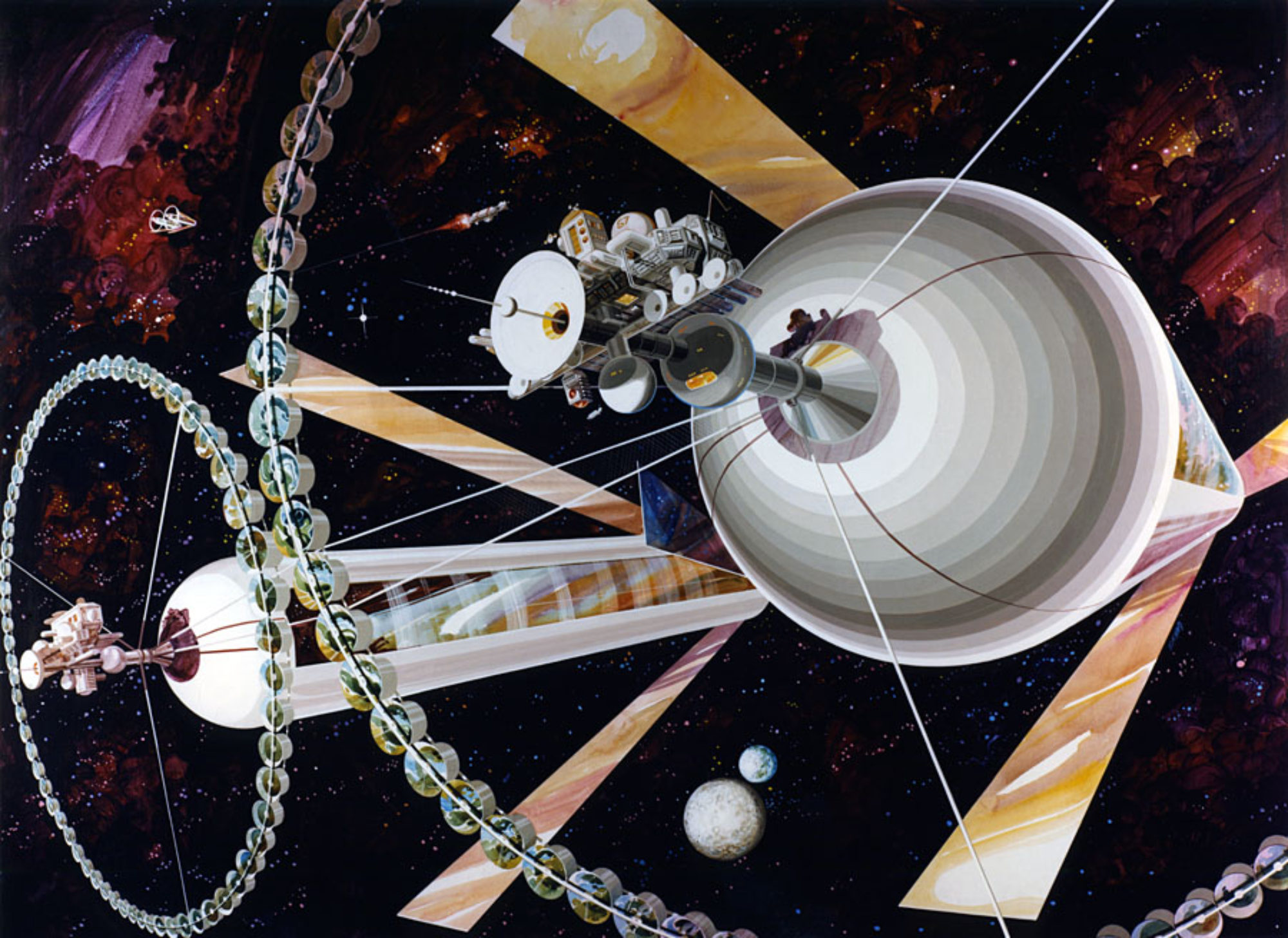
When we establish outposts and eventually, settlements on the Moon or Mars it would be economically beneficial if we did not have to create supply chains from Earth for water, breathable air and the fuel we will need for our rockets. This is why sources of water ice in the permanently shadowed craters at the lunar poles and in glaciers in the equatorial regions on Mars are so attractive as early destinations. Once we get there what equipment will we need to process this valuable resource? The typical way envisioned for cracking water in situ on the Moon or Mars to produce oxygen and hydrogen is through electrolysis. But this method requires a lot of power. There may be a more efficient way. New ESA sponsored research by scientists* in the UK and Europe examines a novel method that mimics photosynthesis in plants using a photoelectrochemical (PEC) device. The findings were published June 6 in Nature Communications.
PEC reactors are currently being studied on Earth for water splitting to produce green hydrogen from sunlight. Since they only rely on solar energy for power they are ideal for space applications. One type of device consists of a semiconductor photocathode immersed in an electrolyte solution that absorbs solar energy for a reaction to split hydrogen from water molecules. Oxygen is produced at the anode of the cell. PEC devices can be fabricated as panels similar to photovoltaic arrays. For use on Mars, the authors analyze another similar PEC technology using a gas-diffusion electrode to reduce atmospheric carbon dioxide in a reaction producing methane for rocket fuel.
The authors modeled the performance of these devices subjected to the expected environmental conditions on the Moon and Mars. Specifically, they looked at attenuation from the accumulation of dust on the PEC cells caused by micrometeorites pulverizing the lunar surface, coupled with the solar wind inducing an electrostatic charge in the resulting dust. And of course dust storms are relatively frequent on Mars which could significantly degrade performance. To address this problem self cleaning coatings are suggested as a solution. Solar irradiance was also considered as it would be reduced at the orbit of Mars. It was concluded that the PEC performance could be significantly boosted with solar concentrators by a factor of 1000 enabling higher production rates and power densities, especially on Mars.
An added advantage for space-based application of this technology is the elements needed to construct PEC devices are readily available on these worlds obviating the need to transport them from Earth and thereby significantly reducing costs.
“…in-situ utilization of elements on both, the Moon and Mars, is feasible for the construction of PEC devices.”
The technology is ideal to augment the production of oxygen in environmentally controlled life support systems of habitats that may not initially be 100% closed and cannot easily be resupplied with consumables from Earth. A competing technology for oxygen production which was recently demonstrated on Mars is the Mars Oxygen In-Situ Resource Utilization Experiment (MOXIE) which functions via solid oxide electrolysis of carbon dioxide. This process requires high temperatures and therefore, more energy presenting a challenge when increased production of oxygen will be required for large settlements. The author’s analysis show that the PEC devices are more energy efficient and can easily be scaled up.
“Oxygen production via unassisted PEC systems can … be carried out at room temperature … suitable to be housed in temperature controlled space habitats.”
* Authors of the Nature Communications article Assessment of the technological viability of photoelectrochemical devices for oxygen and fuel production on Moon and Mars: Byron Ross at the University of Warwick, UK; Sophia Haussener at Ecole Polytechnique Fédérale de Lausanne, Switerland; Katharina Brinkert, University of Bremen, Germany




